whats the scoop on Siberian elm
flame
15 years ago
Featured Answer
Sort by:Oldest
Comments (16)
lkz5ia
15 years agorcnaylor
15 years agoRelated Professionals
Alamo Landscape Contractors · Bainbridge Island Landscape Contractors · Beverly Hills Landscape Contractors · West Haverstraw Landscape Contractors · Tyngsboro Landscape Contractors · Delaware County Siding & Exteriors · Camp Springs Siding & Exteriors · South Plainfield Siding & Exteriors · Wheeling Siding & Exteriors · Billerica Decks, Patios & Outdoor Enclosures · Chicago Decks, Patios & Outdoor Enclosures · New Berlin Decks, Patios & Outdoor Enclosures · Port Saint Lucie Decks, Patios & Outdoor Enclosures · Provo Decks, Patios & Outdoor Enclosures · Troy Decks, Patios & Outdoor Enclosureslkz5ia
15 years agoBeeone
15 years agobengz6westmd
15 years agomarknmt
15 years agoFledgeling_
15 years agolkz5ia
15 years agowisconsitom
15 years agoterrene
15 years agorcnaylor
15 years agoscotjute Z8
15 years agoken_adrian Adrian MI cold Z5
15 years agolkz5ia
15 years agoken_adrian Adrian MI cold Z5
15 years ago
Related Stories
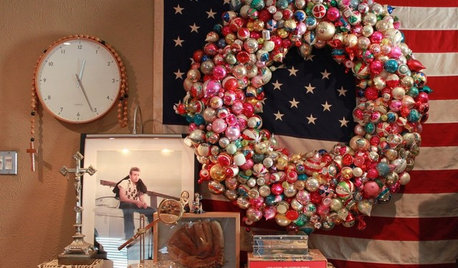
HOUZZ TOURSHouzz Tour: Creative Resourcefulness in a 1970s Ranch
Combine design dexterity and abundant creativity with patience, and what do you get? A home awash in personality and style
Full Story
50 Great Gifts Under $50
Our favorite budget-minded holiday gifts for the design lovers on your list
Full Story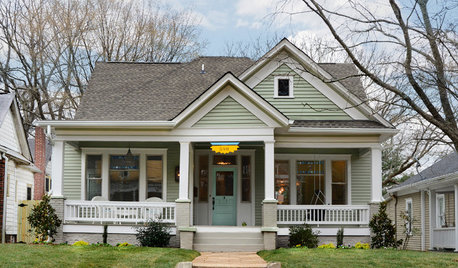
HOUZZ TOURSHouzz Tour: Lovingly Resurrecting a Historic Queen Anne
Dedication and a keen eye turn a neglected eyesore into the jewel of its Atlanta neighborhood
Full Story
COASTAL STYLEHouzz Tour: Stressing Less in a Beachy California Cottage
A family trades their larger, traditional digs for a smaller house and a more relaxing lifestyle
Full Story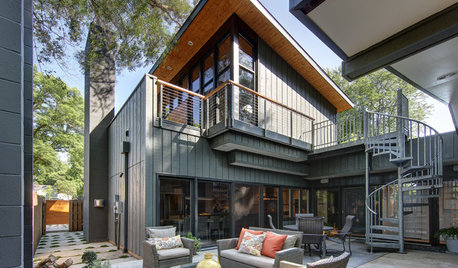
HOUZZ TOURSHouzz Tour: Openness Meets Intimacy in Wisconsin
Courtyards, a terrace and thoughtfully placed windows connect a home to the outdoors in a dense Madison neighborhood
Full Story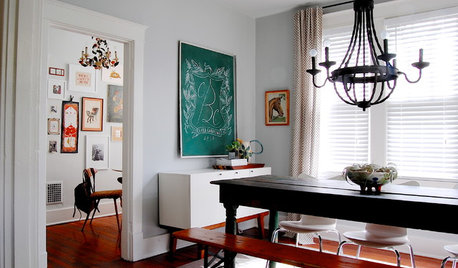
HOUZZ TOURSMy Houzz: Collected Style in a Nashville Bungalow
First-time owners bring a fresh take on DIY, color and creative composition to their 2-bedroom home
Full Story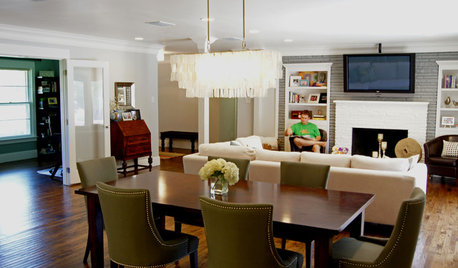
HOUZZ TOURSMy Houzz: Renovated 1950s Family Home in Texas
A complete overhaul reinvents a dark midcentury home, leaving a cool color palette, an open layout and a nursery splurge in its wake
Full Story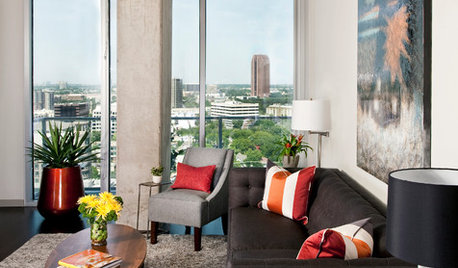
DECORATING GUIDESMission Possible: A Designer Decorates a Blank Apartment in 4 Days
Four days and $10,000 take an apartment from bare to all-there. Get the designer's daily play-by-play
Full Story
HOUZZ TOURSMy Houzz: Scandinavian Style Inspires a Bungalow's New Look
Curbside keepsakes, vintage accessories, DIY projects and chic textiles bring life to this Asheville family home
Full Story
PETSHouzz Call: Send in the Design Cats
Post your best photo of your cat at home, in the garden or with you in your studio. It could be published in a featured ideabook
Full StoryMore Discussions









Fledgeling_